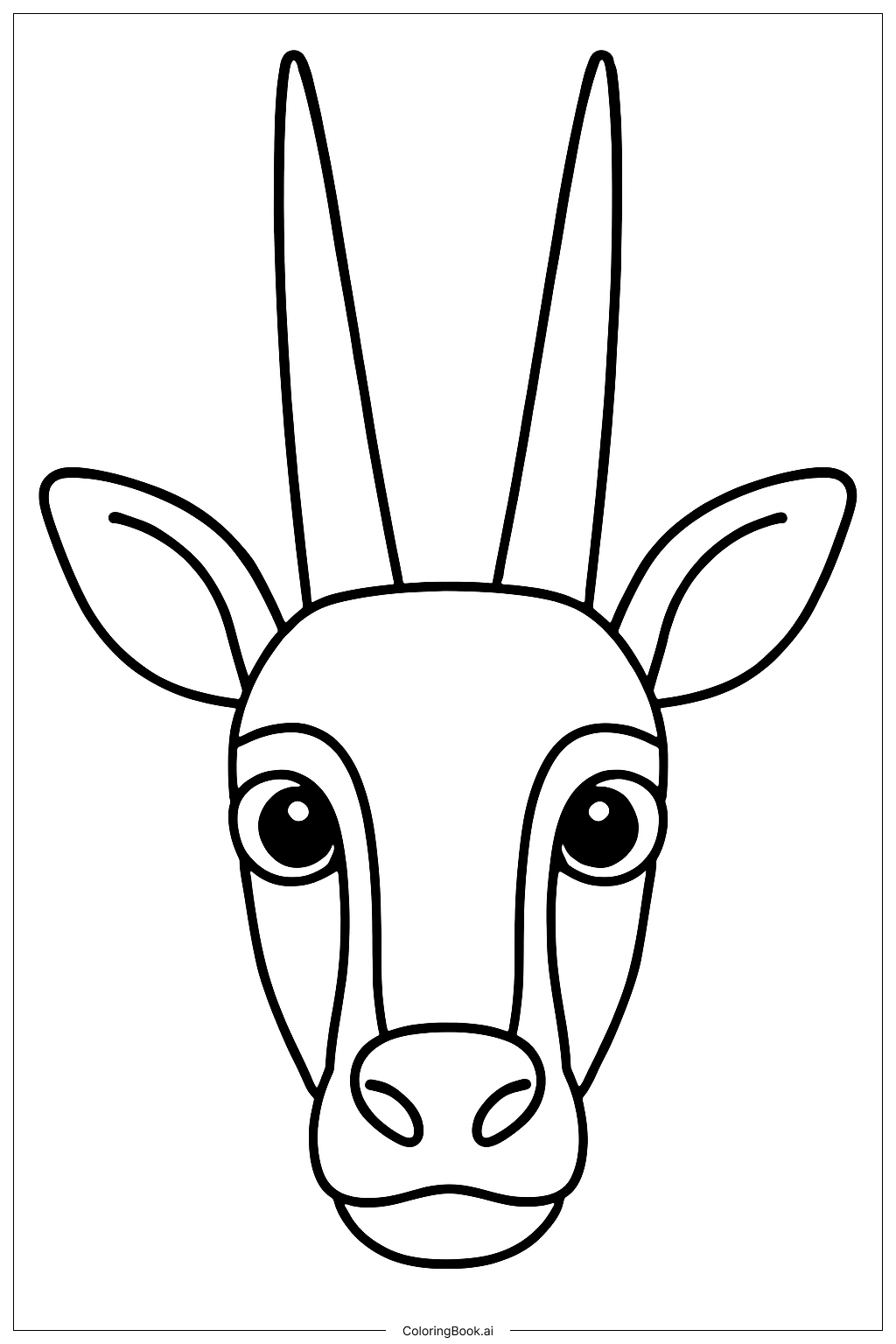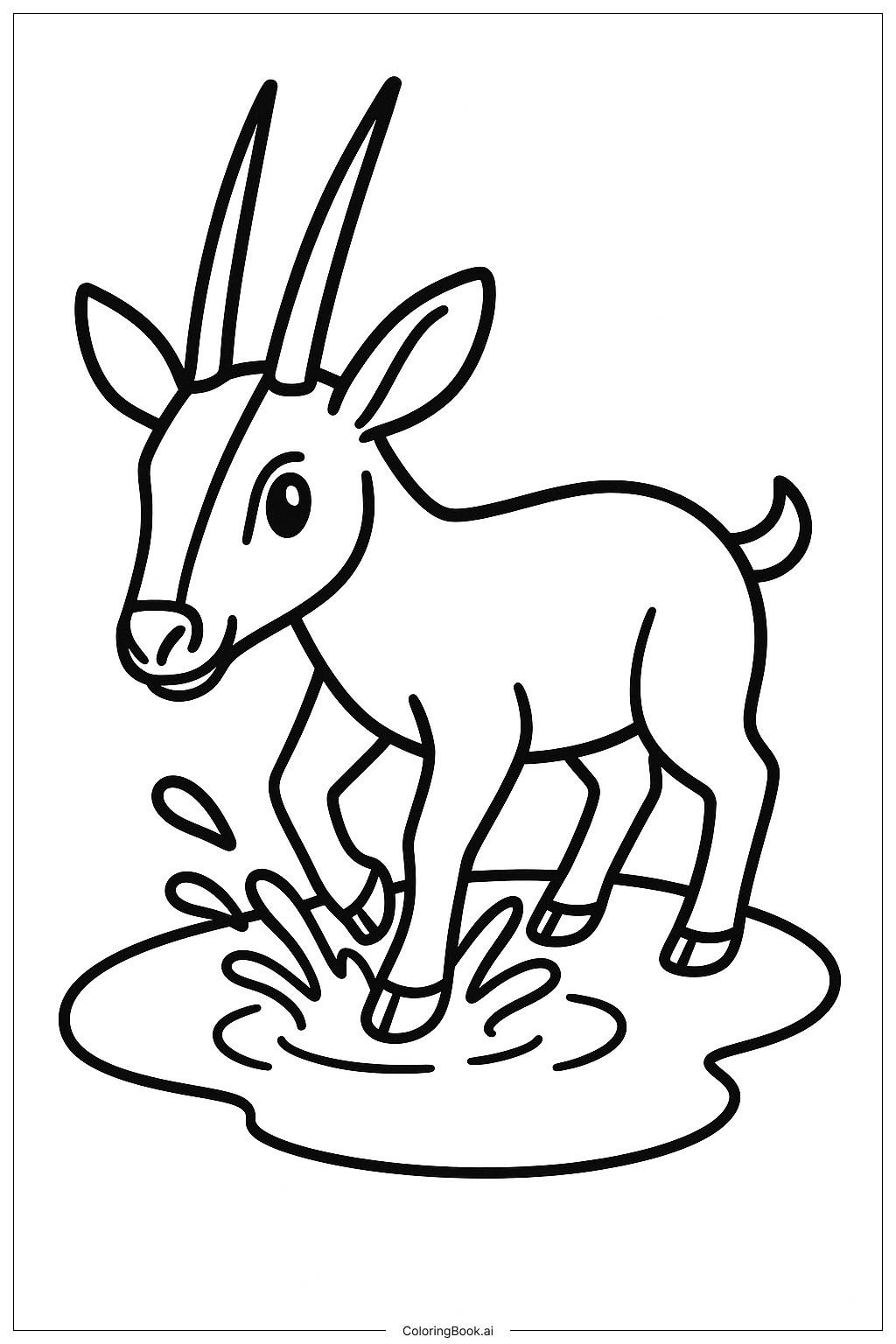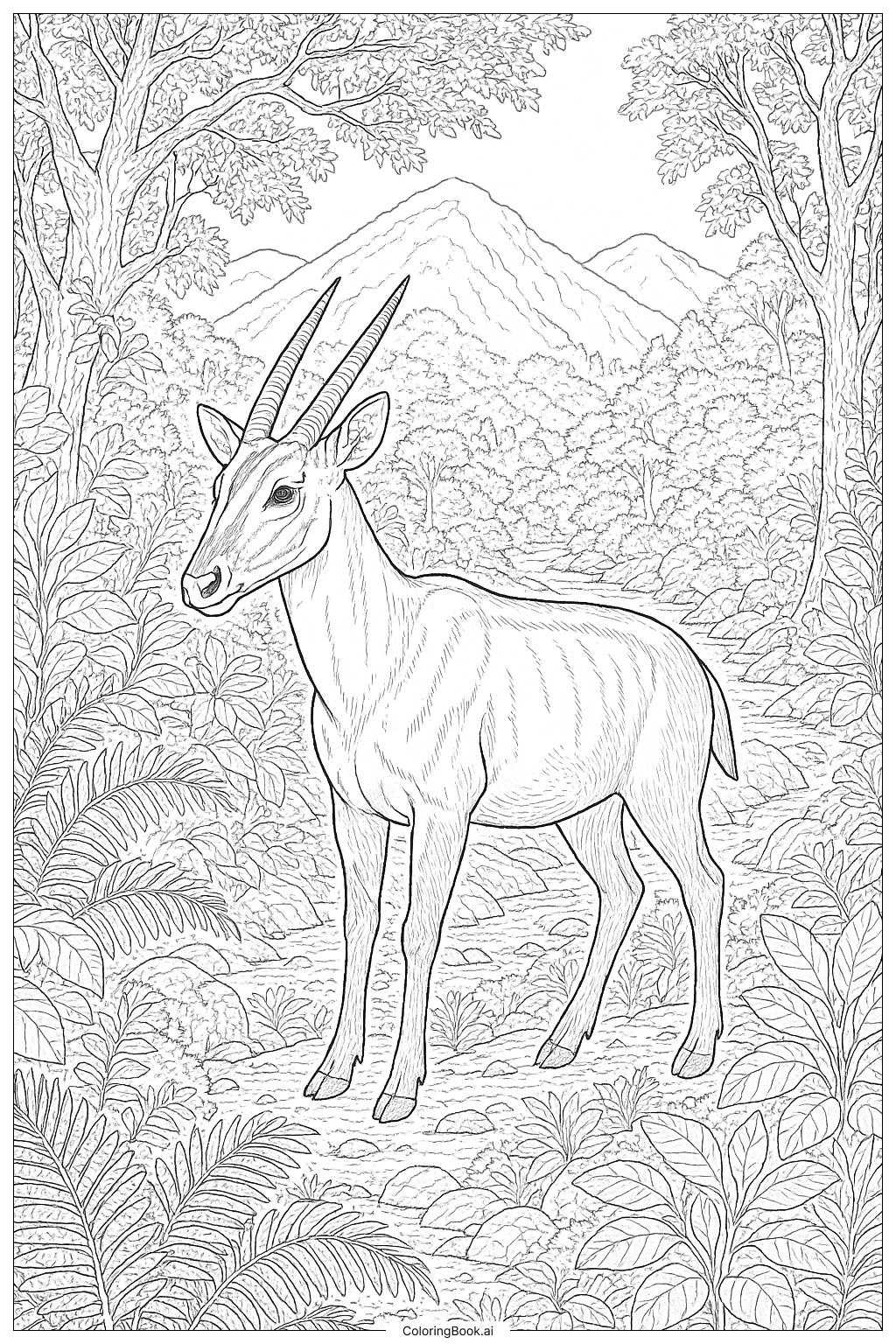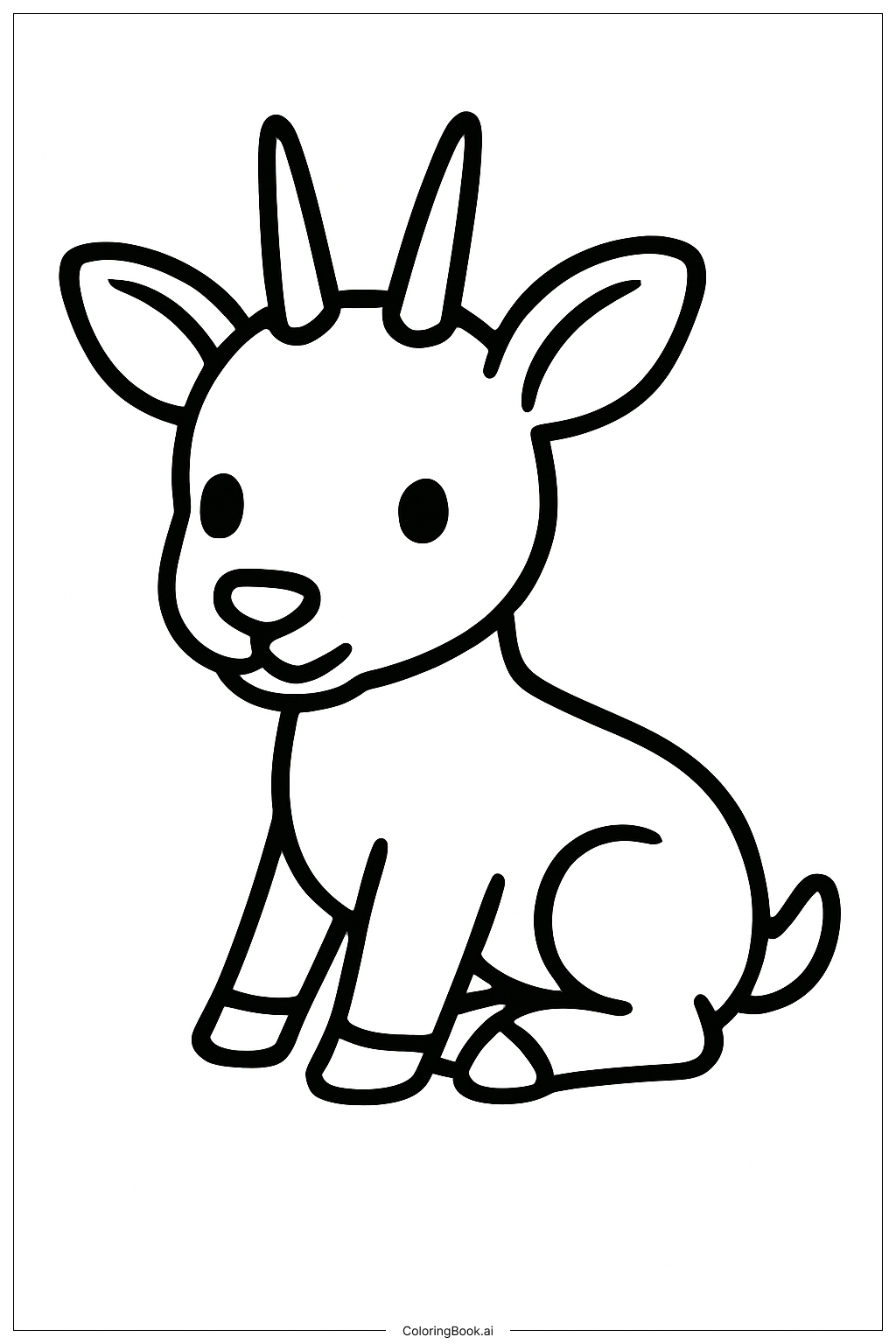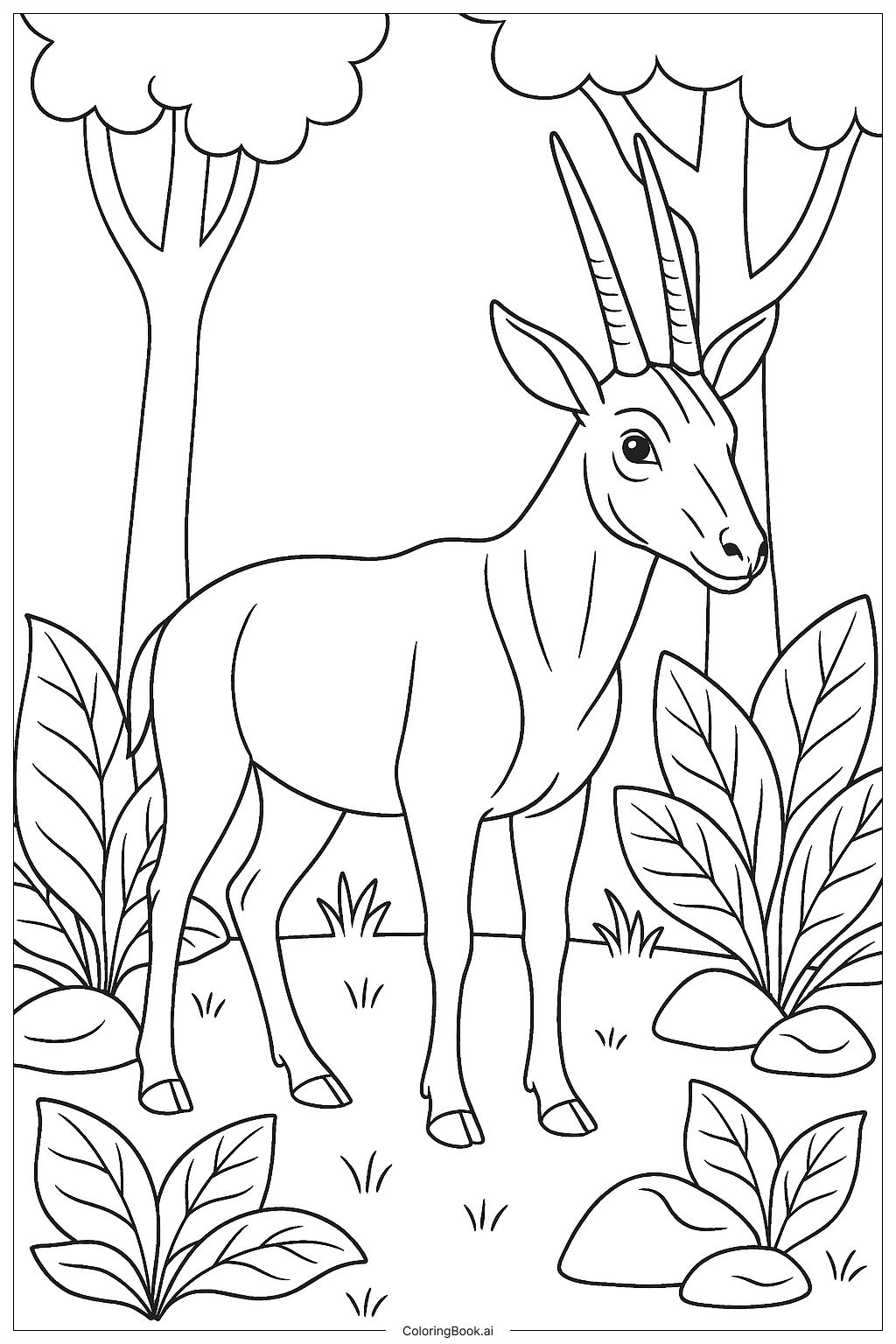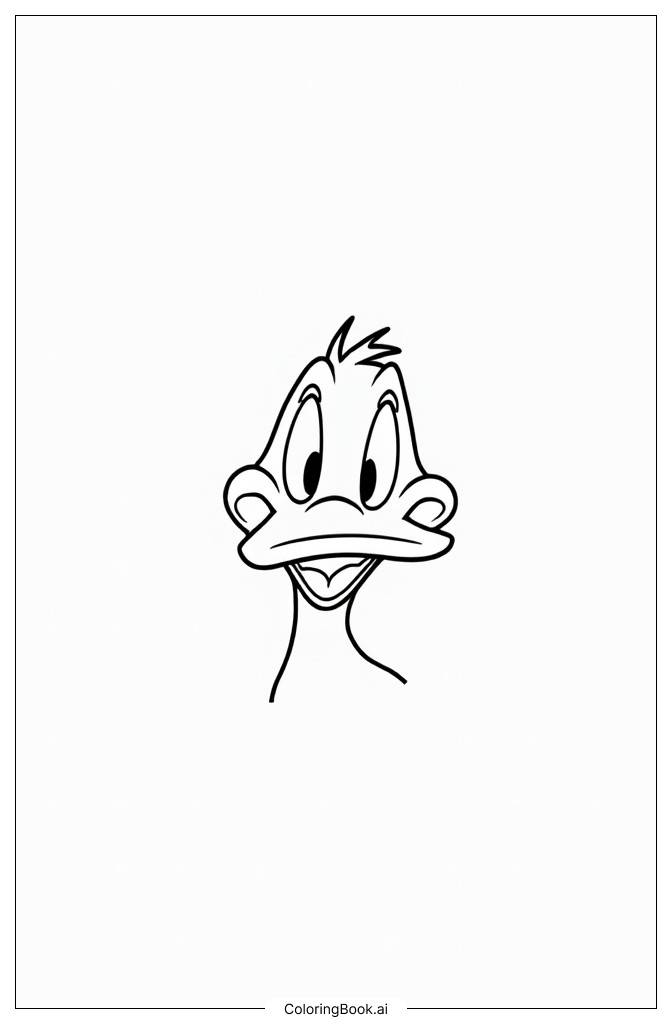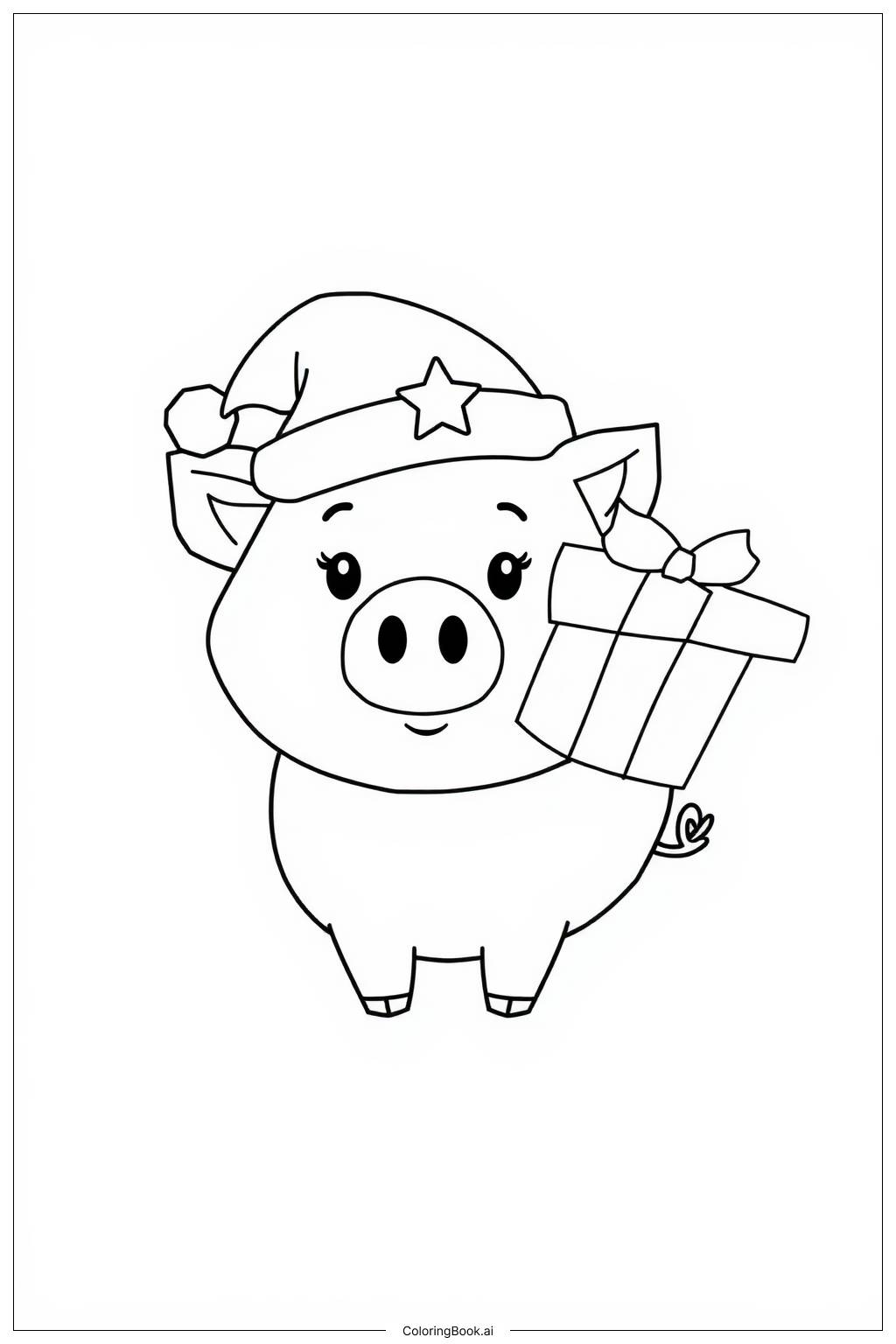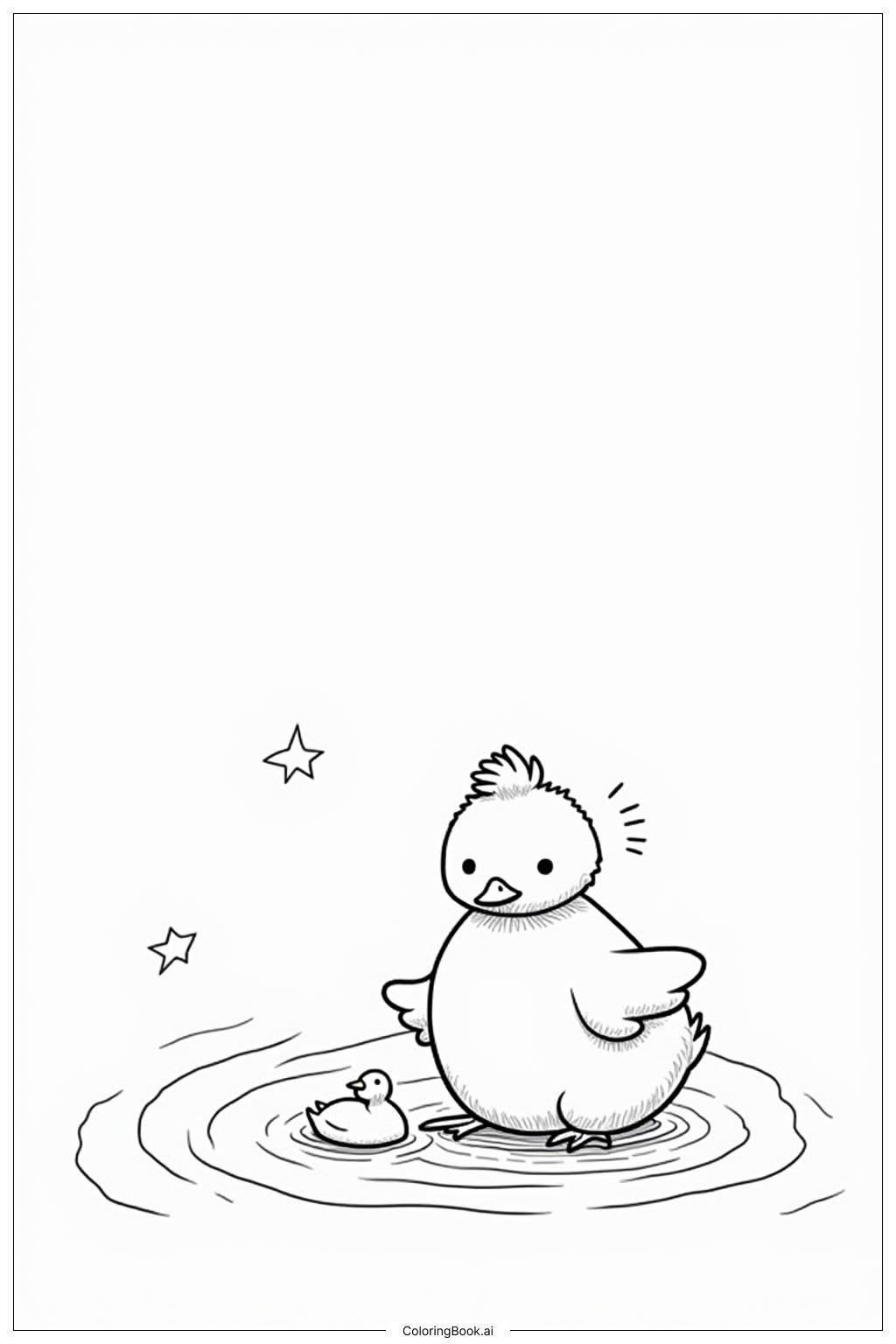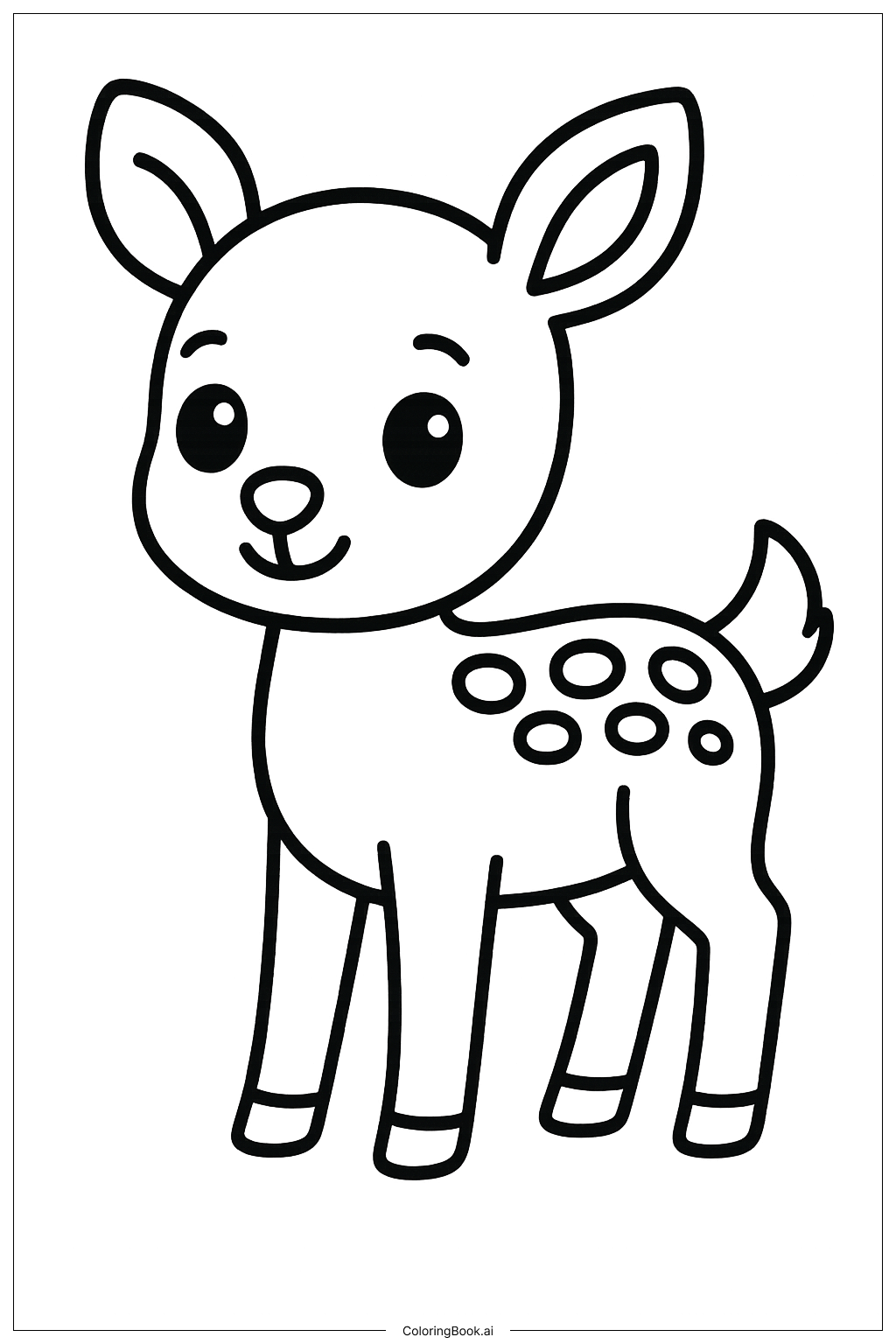Coloring tips: How to color Saola Face Close Up coloring page well?
You can use brown or reddish shades to color the Saola's face since it usually has these colors. Try using different tones of brown for the face to make it look natural. For the horns, use gray or light brown with some shading to show their smooth texture. Color the eyes black with a small white spot to make them look shiny and lively. The ears can be colored in light brown or beige. Use smooth and soft strokes to fill the face and avoid coloring outside the lines for a neat look.
Coloring challenges: Which parts are difficult to color and need attention for Saola Face Close Up coloring page?
1. The horns are long and narrow, which requires careful coloring to stay inside the lines and keep them smooth.
2. The eyes have small white spots that need to be left uncolored to make them look shiny and realistic.
3. The shapes on the face have curved lines that can be tricky to color evenly without crossing boundaries.
4. The ears have inner shapes that need precision to color differently from the outer part.
5. Creating a natural look with different brown tones requires patience and blending skills.
Benefits of coloring books: Advantages of drawing Saola Face Close Up coloring page
Coloring this Saola face helps children practice staying inside the lines, improving their hand-eye coordination. It encourages patience as they carefully color small areas like the eyes and ears. Using different colors teaches about shades and blending. Coloring an animal face also helps children learn about nature and animals, sparking their interest in wildlife. Overall, it is a fun activity that builds creativity and fine motor skills.
